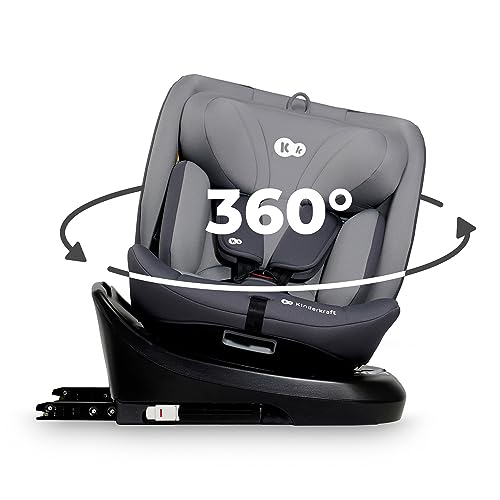10 Misconceptions Your Boss Has Concerning Pushchair
Understanding Prams and Pushchairs: A Comprehensive Guide for Parents
When it comes to selecting the best mode of transportation for kids, moms and dads are often overwhelmed by the variety of options offered. Prams and pushchairs are among the most common choices, and each has its own distinct features dealing with different needs. This article dives deep into the world of prams and pushchairs, detailing their differences, advantages, drawbacks, and ideas for selecting the best one for your family.
What is the Difference Between a Pram and a Pushchair?
In the beginning glimpse, prams and pushchairs might seem comparable, but they serve various functions based upon a kid's age and developmental phase. Below are the primary differences:
Feature
Pram
Pushchair
Age Range
Usually for newborns approximately 6 months
Ideal for kids 6 months and older
Style
Flat, horizontal lying position for newborns
Upright seating position; more versatile and mobile
Usage
Mainly for strolling with babies
May include several seating options and setups
Foldability
Typically bulkier and less portable
Usually lightweight and foldable for easy transportation
Types of Prams and Pushchairs
Picking the ideal pram or pushchair can depend upon various elements, including the type, features, and way of life of the household. Below are the main kinds of prams and pushchairs offered in the market:
Prams
- Standard Prams: Designed for newborns, they frequently include a deep and comfortable bassinet, making them ideal for young infants.
- Travel System Prams: These can shift from a bassinet to a toddler seat, frequently consisting of a baby safety seat for ease of travel.
Pushchairs
- Standard Pushchairs: Offer an upright seat and appropriate for older babies and toddlers. They typically feature reclining capabilities.
- Umbrella Pushchairs: Lightweight and highly portable, these models fold compactly, making them perfect for travel.
- All-Terrain Pushchairs: Designed for rugged landscapes, they include bigger wheels and exceptional suspension systems for off-road capabilities.
Advantages and Disadvantages
Advantages of Prams
- Comfort for Newborns: Their flat, horizontal design is perfect for the healthy spine development of infants.
- Stylish Designs: Many prams featured stylish visual appeals, interesting fashion-forward parents.
- Large: They tend to provide a larger space for infants to move conveniently.
Drawbacks of Prams
- Bulkiness: They can be heavy and tough to maneuver, making them less hassle-free for public transportation or crowded areas.
- Expense: Prams generally come with a higher price tag compared to pushchairs.
Benefits of Pushchairs
- Mobility: Many pushchairs fold compactly and are light-weight, offering amazing convenience for moms and dads on the go.
- Flexibility: With several configurations available, pushchairs can suit various phases of a kid's development.
- Simpler to Store: Their smaller size makes them simpler to keep in compact spaces.
Disadvantages of Pushchairs
- Less Comfort for Newborns: Most standard pushchairs disagree for very young babies unless developed with a reclining function.
- Resilience Concerns: Budget pushchairs might not withstand comprehensive usage compared to sturdier pram designs.
Tips for Choosing the Right Pram or Pushchair
Picking the ideal pram or pushchair needs cautious factor to consider. Here are some critical elements to bear in mind:
Age Appropriateness: Consider your child's age. A pram might be better for a newborn, while a pushchair may be chosen for an older kid.
Lifestyle Compatibility:
- If you frequently travel or utilize public transportation, a lightweight choice may be easier.
- For active families who enjoy outside activities, a tough, all-terrain pushchair might be helpful.
Storage Needs:
- Think about where you'll store the pram or pushchair, as some designs can use up considerable space.
Spending plan Constraints: Prams can be costly, especially designer designs. Recognize functions that are most important to you before purchasing.
Safety Features: Always try to find important security features like straps, brakes, and sturdiness when choosing a pram or pushchair.
FAQs
1. At what age can my baby begin using a pushchair?
Many pushchairs appropriate for babies from 6 months, however some convertible models can securely accommodate more youthful babies when used with a car seat or bassinet attachment.
2. Can I take a pram or pushchair on public transportation?
A lot of public transport systems accommodate prams and pushchairs, but it's smart to examine specific policy guidelines ahead of time.
3. How can I keep my pram or pushchair?
Routine cleaning, examining for wear and tear, and oiling moving parts will help in maintaining your pram or pushchair's functionality and durability.
4. official statement ?
Travel systems can be a great investment for parents who often travel, providing an all-in-one service from cars and truck to stroller. They provide benefit and ease of transition, especially for brand-new moms and dads.
5. Exist prams and pushchairs with additional functions?
Yes, many modern-day designs include functions like cup holders, storage baskets, adjustable deals with, canopies for sun shading, and even folding mechanisms that can be run with one hand.
Choosing in between a pram and a pushchair is a choice that affects day-to-day parenting regimens. By comprehending the differences, benefits, and suitable options, families can make educated choices that harmonize with their way of life requires. Whether it's a leisurely stroll in the park with a pram or an adventurous outing with an all-terrain pushchair, the best choices often cause valued memories and satisfying experiences for both parents and kids.
